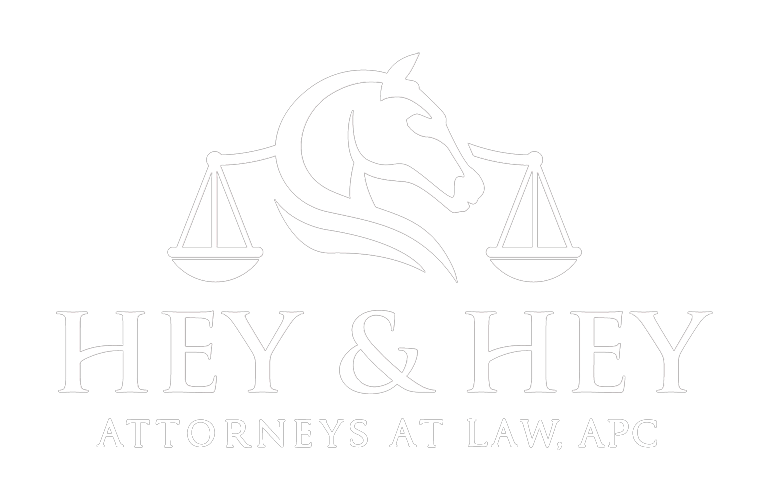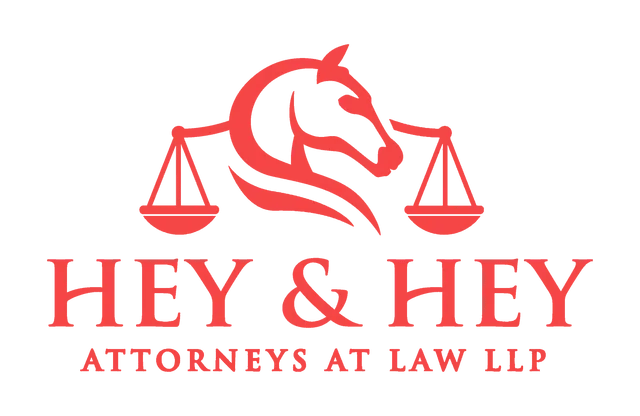Treatment Consent Forms for Horse Owners are Critical in Case of Emergency
None of us likes to think about injuries, either to a student or a horse, but unfortunately, even the most conscientious
trainer must at some point face such a situation. However, how the trainer reacts can mean the difference between having a successful business and having no business at all. Many trainers are careful to have students sign liability waivers, yet fail to obtain a treatment consent form to administer emergency medical treatment. In any case,
treatment consent forms are critical in case of emergency.
Injury to a Minor
Consider a scenario in which a child, during a group lesson, falls off the horse, is injured, and needs medical attention. Unable to reach the parents by phone, the trainer transports the child to the local emergency center.
A minor cannot legally give consent for medical procedures, so the emergency center staff may refuse to treat the child in the absence of a consent form authorizing medical treatment.
We advise all of our clients to have a properly worded consent form on file signed by the parents or guardians, and preferably notarized, that authorizes medical treatment of the minor child, and provides all health insurance information.
An Equine Injury
Horse injuries can be tricky, and should be approached with caution by the trainer. If the injury requires immediate emergency care, such as surgery, the trainer needs to know how the owner would wish to handle the situation.
While some owners might be willing and able to spend unlimited
amounts of money, others might not. If the trainer authorizes expensive procedures without the owner’s consent, the trainer might be liable for the veterinary expenses.
We recommend that an emergency consent clause be included in the training agreement that provides the type of care the horse should receive if the owner cannot be reached. Such a clause should also specify any monetary limits the owner wishes to place on the cost of veterinary care.
An Insurance Story
Insurance issues can also be difficult for the trainer. Mortality insurance policies vary in their requirements as to when the insurance carrier must be notified, and it’s important that the trainer understand each policy. A recent case illustrates this point.
An insured colt suffered from a lameness issue, and the veterinarian determined that there was a fracture in the hock that required surgery. The owner notified the insurance carrier, and received written authorization to proceed with the surgery. However, a few weeks post-surgery, the colt developed an infection at the surgical site. After a month of aggressive treatment to which the infection failed to respond, the colt was suffering with pain, loss of weight, and chronic lameness.
The owner, trainer, and veterinarian determined that euthanasia was the best course, so the owner phoned the local insurance agent, and the agent agreed to the procedure. When the owner filed for the mortality insurance, however, the claim was denied because the insurance company had not been made aware of the infection at its onset.
Recommendations
Our recommendation to trainers is to be aware of which horses in the barn are insured, and for those, retain copies of the
policies on file, along with phone numbers to call should an emergency arise. The trainer must also be aware of the requirements for notification in each individual policy. Many owners, unaware of the nuances of their policies, rely on the trainer
to take care of their horse and their interests.

